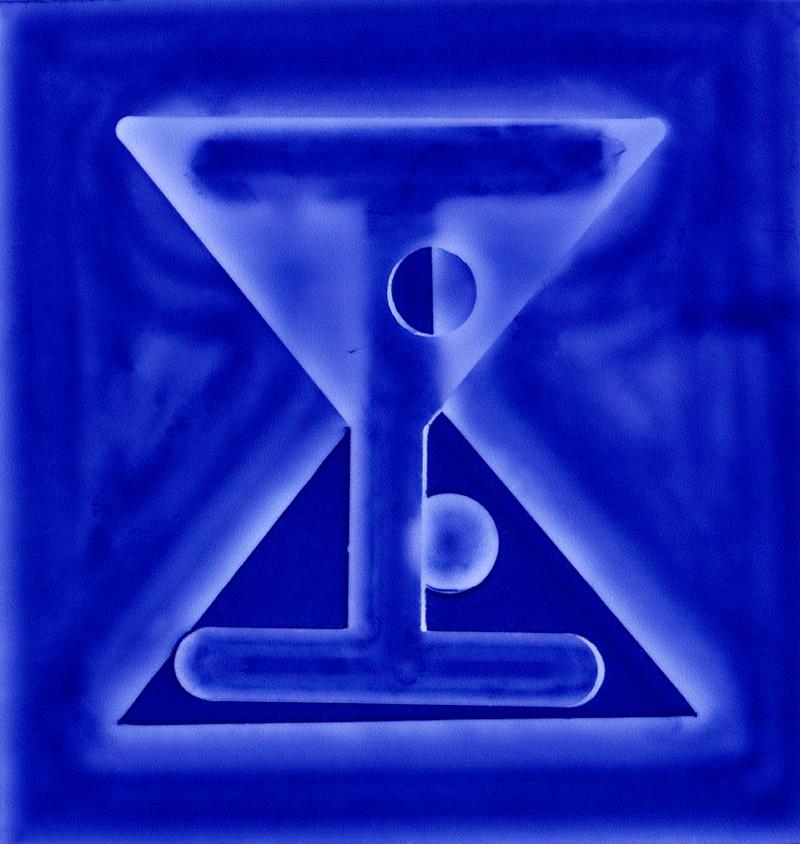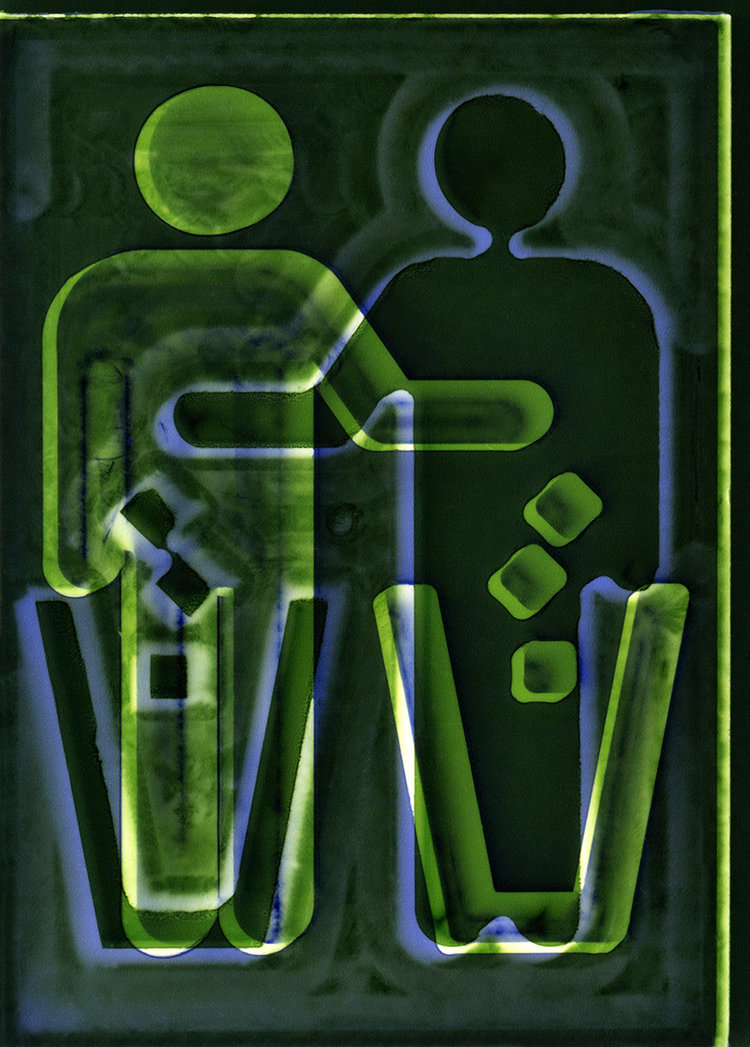REVERSE PHOTOGRAPHY 2017
THE GALLERY, ST KILDA TOWN HALL (VIC)
Collaborative project between Penelope Davis and Stephen Haley (2015 Rupert Bunny Fellowship Recipients)
Photography snaps actual objects from the world and transforms them into abstracted, but indexical, representations. We thought to invert this - toReverse Photography. To turn virtual images into actual objects using 3D printing technology. Then to go one step further, to reverse the process again and turn these actualized objects back into photographs. The results would still be photographs but photographs whose formal qualities and indexical relationship with the original source was highly strained, highly uncertain.
This project intended to engage with the two fundamental shifts of our contemporary age – rapid global urbanization and the emergent digital age. In keeping with the increasingly abstract nature of the global digital world, we based the imagery on the standard set of symbolic forms used in warning and information signage - particularly those of the American Institute of Graphic Arts (AIGA). These signs were among the first attempts to established a universal symbolic system for a globalized world.
Initially we planned to actualize the virtual images as transparent 3D prints. This proved a technical morass and, eventually, an alternative method was found. The forms were computer routered in Perspex. These transparent objects were then used to create a series of photograms - a cameraless, contact photographic technique. Stacking and overlaying them, using various coloured gels, these photograms were created by directly exposing photo paper in the darkroom. The results are the Sign series here - the small brightly coloured prints facemounted to Perspex.
The photograms were also then scanned back into the computer. Using a 3D computer program to create virtual forms, the images were used as textures, then multiplied to create new scenes before being realized as photographs. The work Storm is an example.
Some of the Perspex objects were coated in silicon moulding material to create moulds. Once peeled off, these moulds, rather than the casts, were recorded using a flatbed scanner and also printed as photographs. The work Unnamed Location is an example.
Finally, a selection of the cut away edges of the silicon casts taken from the Perspex symbols were scanned and rearranged in Photoshop to create abstract, highly layered compositions. These were also printed as photographs as in the work Swirl.
In each iteration of the process - from virtual object, to actual object and back to virtual image - the indexical process of photography, and the parallel process of casting, played with photography’s logic in the hope of producing a strange new type of photograph.
This project was a previously unattempted collaboration by two established (and married!) artists to merge their common interests. Artistically the work considers the shifting impact of emergent digital technologies on imaging, the social role of photography, the standardization of globalized space and the material possibilities of post-photographic practice. The complexity of the processes employed were intended to metaphorically represent the increasingly deferred and mediated experience of contemporary life. It is hoped the results are an open and imaginative reordering of the often mundane, literal medium of photography to create something far more phantasmic.






































